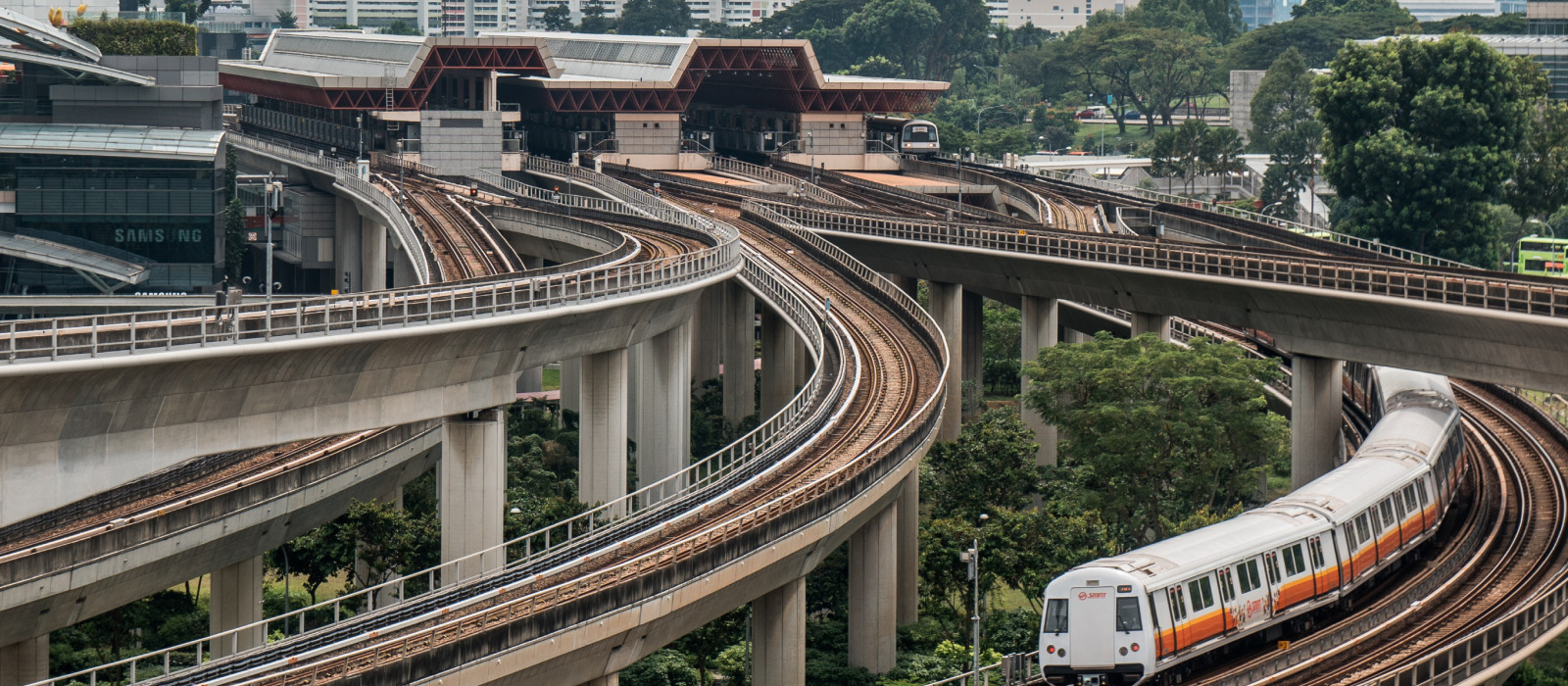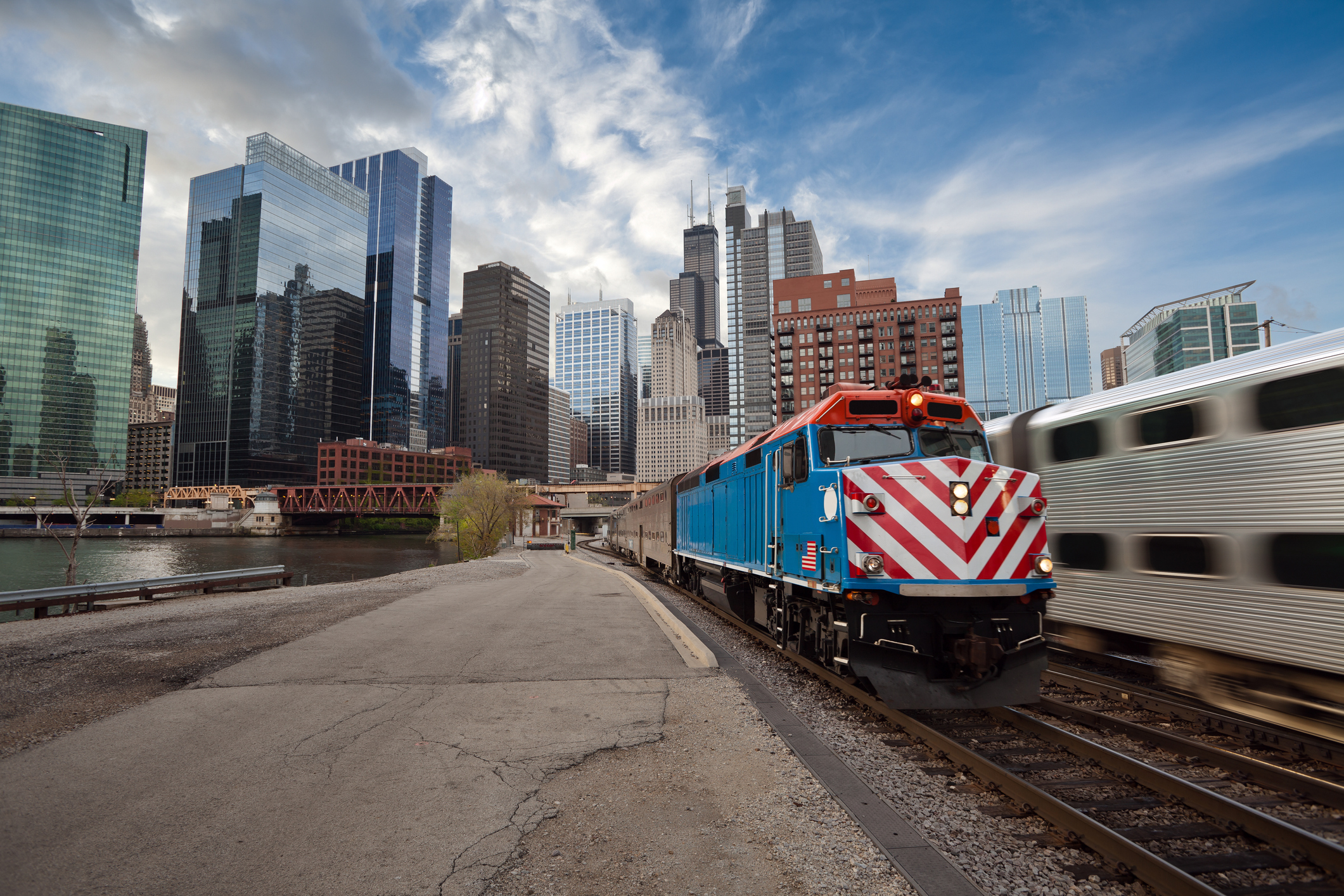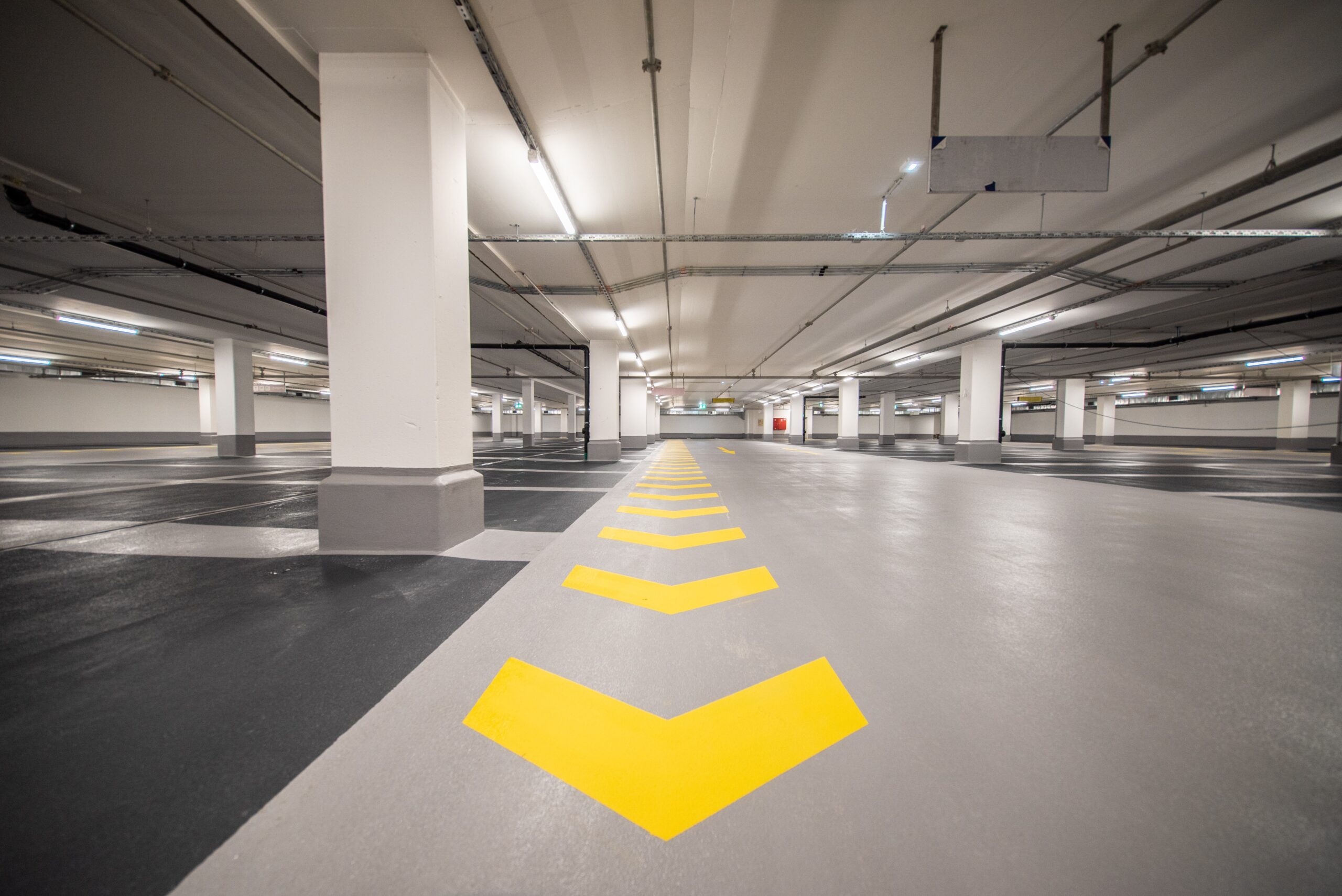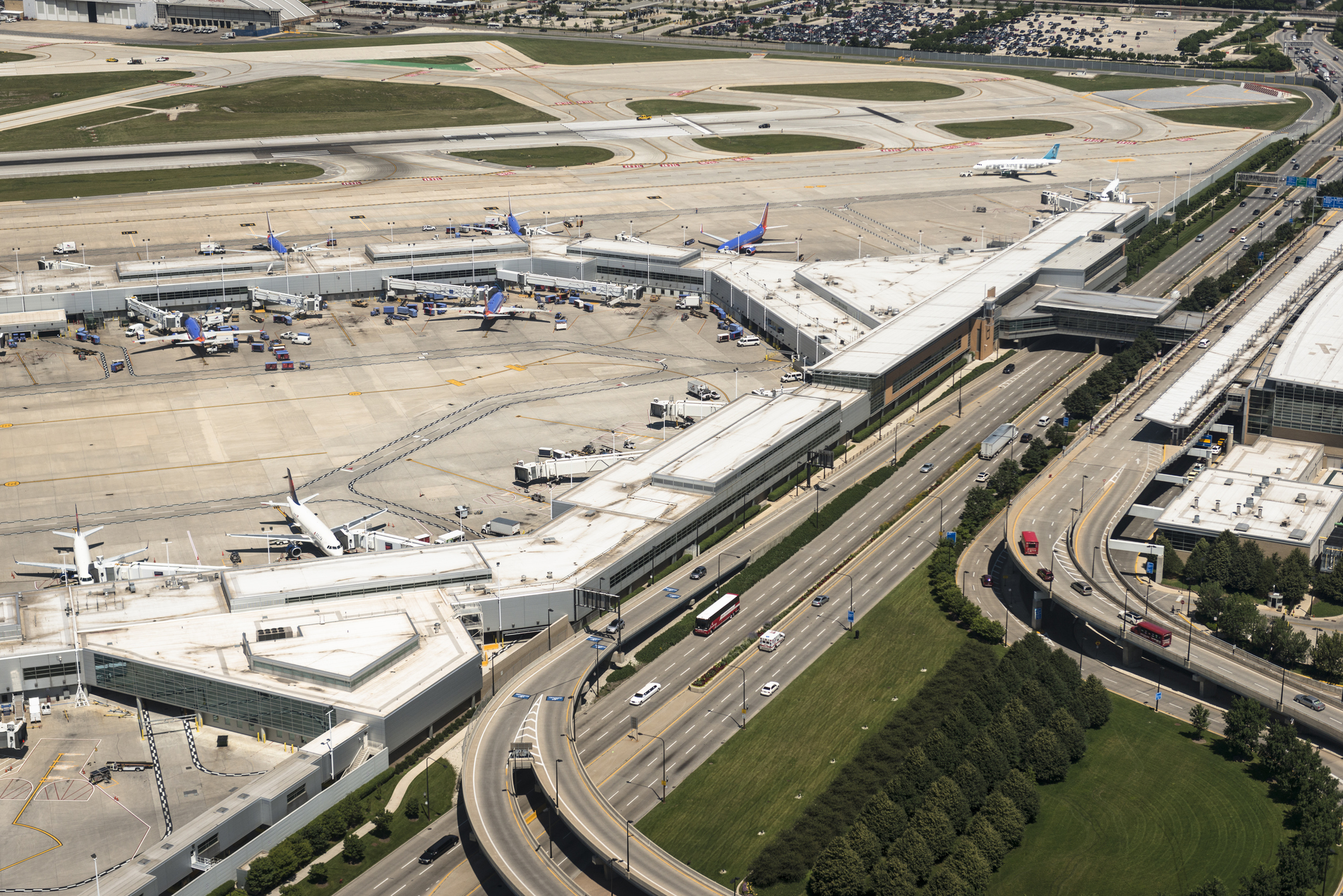
Aviation, Transporation and Infrastructure
CCS works with local and state governments and agencies as well as the private sector to maximize their investment in transit and infrastructure spaces.
Upgrading and rebuilding our transit, infrastructure, and airports require specialized expertise. We work directly with consultants, planners, architects and engineers to make sure our transit, infrastructure, and airport clients get the very best results.
We support our clients with technical expertise and functions while assembling the right team for design and construction. We’re experts in validating the design and budget forecasting. We help transit, airport, and infrastructure clients get the most out of their investment dollars while ensuring projects stay on track to become operational on day one. Over the course of this work, CCS keeps stakeholders informed to demonstrate both ongoing and long-term value.
Highlights
-
150+ aviation projects with an estimated value of $9.8 billion
-
180+ transportation projects with an estimated value of $10 billion
-
160 parking structures with an estimated value of $20.6 billion
Our process
CCS is committed to staying current on all the developments and dialogues that are affecting this sector. This is critical so that we raise any issues that may affect a project’s design or cost in a timely manner so that both the Owner & Architect/Engineering teams are able to effectively respond.
Aviation, Transporation and Infrastructure sector background & challenges


-
There is no question that the roads, bridges, tracks and skies that convey our nation are a central focus for the new administration. The American Jobs Plan calls for $2 trillion in infrastructure spending:
- $25 billion in airports
- $100 billion to build and upgrade public schools
- $12 billion for community college construction
- $18 billion to modernize Veterans Affairs hospitals and clinics
- $10 billion to modernize federal buildings
Infrastructure investment has gone from populist political promise to funded reality at the federal level. Agencies at all levels will race to unlock financing and take delayed projects off the shelf. Bridges, roads and parking structures in need of maintenance will be prime targets, but funds for projects that anticipate the next half-century will be required — electric bus maintenance and charging facilities, for instance.
-
With lower ridership over the last two years, public transit agencies across the nation took the opportunity to invest in maintenance. As we enter the reopening period, ridership is gradually returning as are funds. Many agencies will invest in multimodal systems that connect transit, e-scooter, and bike-sharing with pedestrians, cyclists, and e-bike users and recognize the changing shape of commuting in light of remote and hybrid work.
Airport usage and investment took a dip but will gradually increase. Airports are pivoting to become destinations of their own, offering travelers more amenities in comfortable spaces to support the bottom line and, behind the scenes, acting as logistics hubs for next-day global goods distribution. Increased health and safety protocols and social distancing may be temporary, but touchless tech and security will gradually redefine the air journey, along with the increasing shift to alternative energy and even smaller airports, closer to where people live.
There is no question that the roads, bridges, tracks and skies that convey our nation are a central focus for the new administration. The American Jobs Plan calls for $2 trillion in infrastructure spending:
- $25 billion in airports
- $100 billion to build and upgrade public schools
- $12 billion for community college construction
- $18 billion to modernize Veterans Affairs hospitals and clinics
- $10 billion to modernize federal buildings
Infrastructure investment has gone from populist political promise to funded reality at the federal level. Agencies at all levels will race to unlock financing and take delayed projects off the shelf. Bridges, roads and parking structures in need of maintenance will be prime targets, but funds for projects that anticipate the next half-century will be required — electric bus maintenance and charging facilities, for instance.
With lower ridership over the last two years, public transit agencies across the nation took the opportunity to invest in maintenance. As we enter the reopening period, ridership is gradually returning as are funds. Many agencies will invest in multimodal systems that connect transit, e-scooter, and bike-sharing with pedestrians, cyclists, and e-bike users and recognize the changing shape of commuting in light of remote and hybrid work.
Airport usage and investment took a dip but will gradually increase. Airports are pivoting to become destinations of their own, offering travelers more amenities in comfortable spaces to support the bottom line and, behind the scenes, acting as logistics hubs for next-day global goods distribution. Increased health and safety protocols and social distancing may be temporary, but touchless tech and security will gradually redefine the air journey, along with the increasing shift to alternative energy and even smaller airports, closer to where people live.


